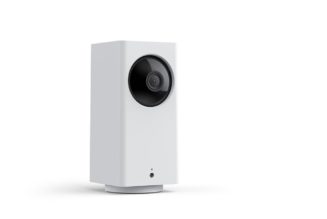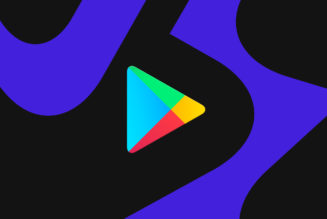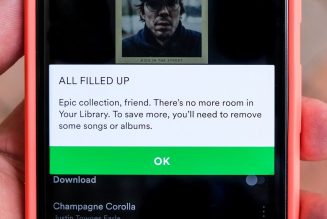
Doctors say they’re overwhelmed by the volume of digital messages they receive from patients during the pandemic, and new data backs up their experience. The number of messages increased by over 150 percent at the start of the COVID-19 pandemic, and the levels stayed high over the course of 2020, according to an early look at data from the electronic health record company Epic.
“They want to be responsive to the patient needs,” says A Jay Holmgren, an assistant professor in the Center for Clinical Informatics and Improvement Research at the University of California San Francisco, who collected the data and posted it on Twitter this week. But there aren’t good systems in place to help doctors to manage the influx.
There are few reasons why messaging might have spiked, Holmgren says. At the start of the pandemic, people may have wanted to avoid going to the doctor’s office and messaged their doctors instead. The pandemic might also have made people more aware that the option existed — and they stuck with it.
“People started making telehealth appointments, those exploded around the pandemic,” he says. Patients would have had to use the online portal through their electronic health record to set up the appointment, where they may have seen the messaging option for the first time. Because messaging stayed high over 2020 — even at times COVID-19 cases were lower — Holmgren suspects that might play a bigger role. “I think it’s more of an awareness thing.”
Epic shared data on patient messaging with Holmgren as part of a project he’s working on looking at how use of electronic health records changed during the pandemic. It includes information from 366 health systems. Individual patients’ information is not included, so he can’t see what types of patients may have sent the messages or what they messaged about. But it gives an overall picture of the increase, he says.
Holmgren posted the data on Twitter as part of a conversation about overloaded inboxes and physician burnout. “We turned on 24/7/365 access for patients (who of course like it) with no operational or business model to handle it,” wrote Bob Wachter, chair of the department of medicine at the University of California, San Francisco.
This is a real thing, and to quantify somewhat – national data from Epic shows messages from patients received per day up 157% over pre-pandemic amounts through end of 2020 (y-axis is percent change compared to health system’s pre-COVID baseline) https://t.co/bQoAWCi2YM pic.twitter.com/4XirrOliFW
— A Jay Holmgren (@AJHolmgren) September 15, 2021
Messages from patients are a small portion of the dozens of emails most doctors get each day, and the raw number of messages directly from patients is probably still low, Holmgren says — they may have started with one or two messages a day before 2020, and then received three or four a day from patients during 2020. “But these are the messages that take the most time,” he says. “If a patient asks you a question, you really need to answer it either by messaging them back, or scheduling an appointment or phone call.”
It’s not clear yet what messages are primarily used for: they might be replacing doctor’s appointments in some cases. But they could also be unnecessary additions in other situations. A better understanding of why people are messaging their doctors, overall, could help develop strategies for managing the influx — like methods of sorting or directing messages, and ways to align the costs with the amount of work. That would benefit both physicians and patients. “You could get into this position where you can send your message, but the doctor doesn’t respond for a couple of weeks because they’re so overloaded with messages,” Holmgren says. “Then it’s not a useful tool anymore.”
Improvements could help build a better foundation for at-home healthcare. There are more and more tools available to give doctors information on patients’ health day-to-day, in between appointments, but it takes experience with digital systems to make use of them. “You want to be able to message with your patients electronically before you start installing remote patient monitoring, or using wearables that automatically send you oxygen stats,” Holmgren says. “This is a good way to start building to that next level.”









